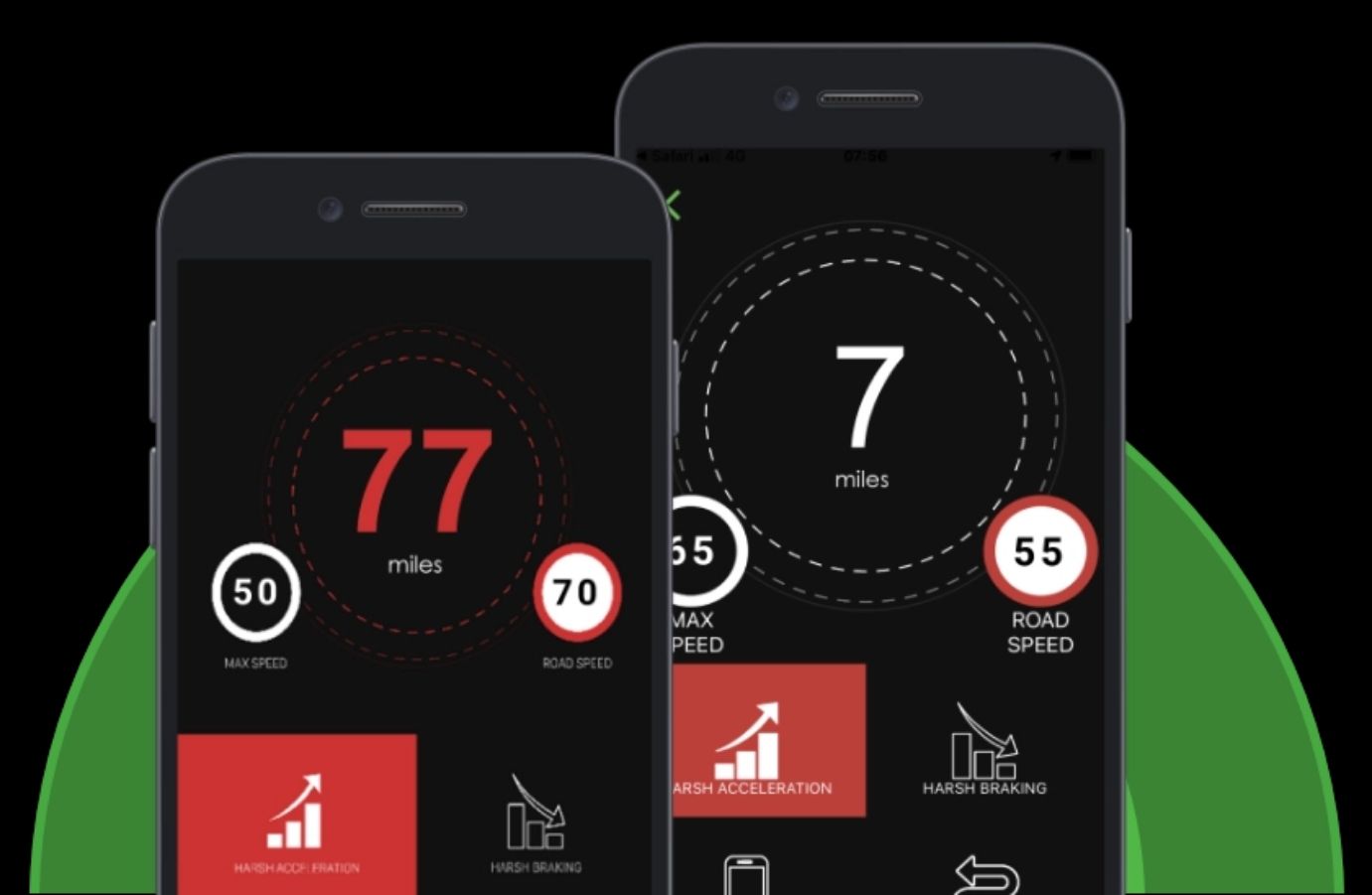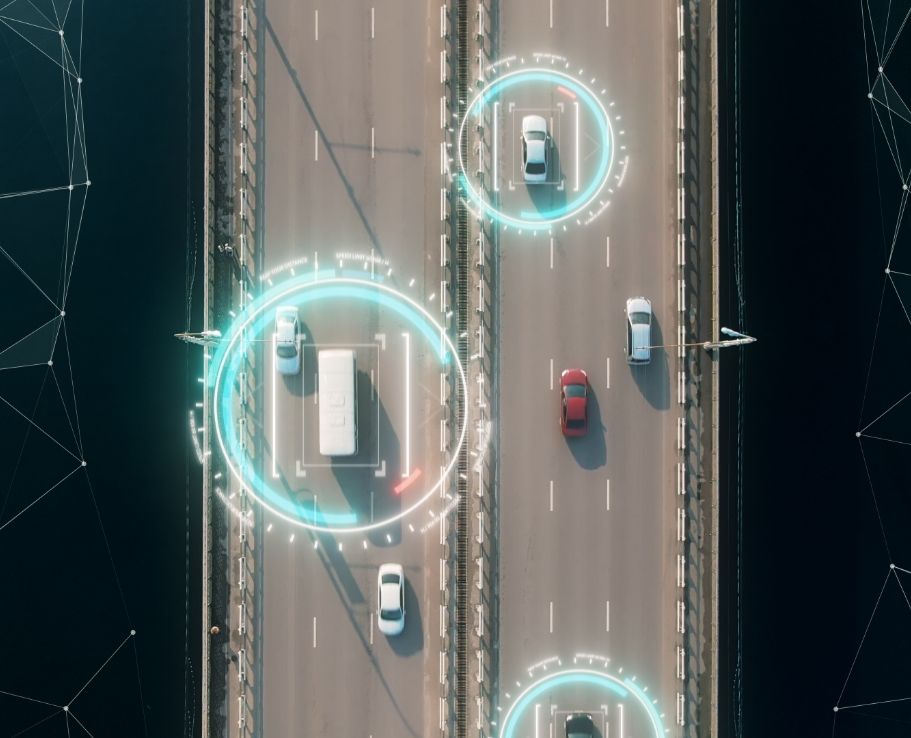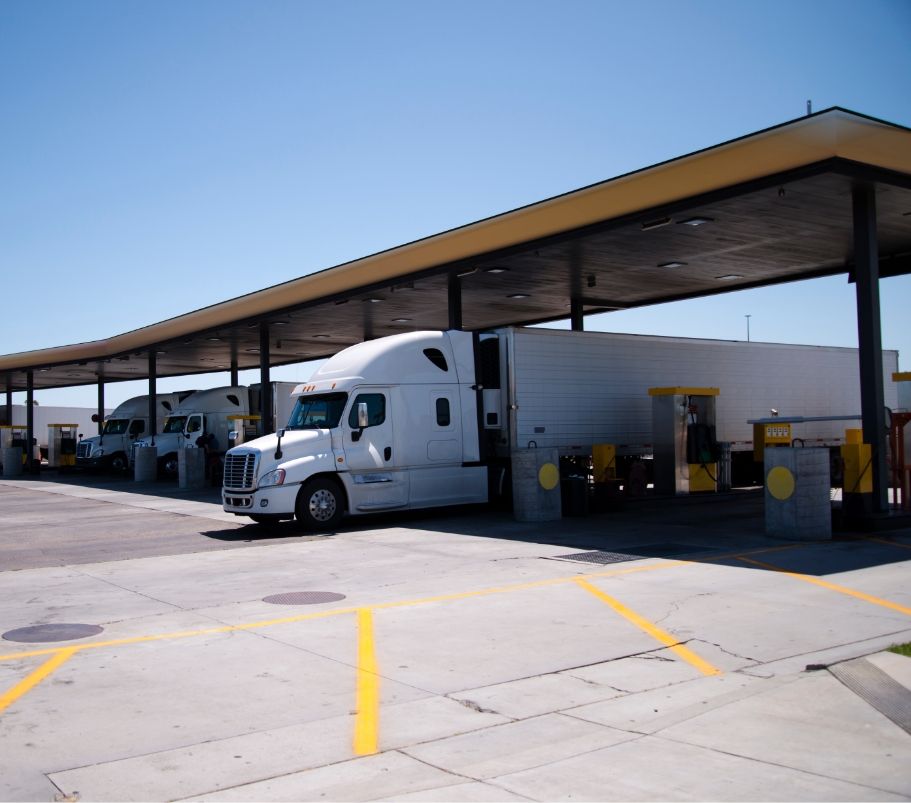Fuel Savings Tips
Reduce your fuel costs and improve fleet
efficiency, utilization and profitability.
Fuel saving tips for fleet operators
Running a successful fleet requires operators to manage the smallest of details to achieve minimum spend and maximum efficiency. Fleets need to be safe, secure, efficient, compliant, and sustainable to reduce costs and increase the bottom line. Fuel spend is one of the highest costs of keeping assets and vehicles on the road.
Standard Bank in South Africa has estimated that the cost of fuel per transaction has risen by 73% between January 2010 and April of this year. David Molapo, the Head of Standard Bank Fleet Management, has said that fleet fuel costs were the biggest single operating expense in fleet management and had contributed to pushing the average cost of running a vehicle to more than R4000 a month. In the USA, fuel spend is ranked at #2 after payroll costs, coming in at 32% of a fleet’s total budget. In the UK, fuel accounts for 20% of the total cost of fleet ownership. With fuel prices at their most volatile worldwide, managing and reducing fuel consumption is a top priority for all fleet operators.
So, how can you keep fuel consumption and costs low? Here are thirteen tips to help you reduce your spend:

1. Improve Driver Behavior
Over speeding, harsh acceleration, harsh braking, excessive idling, dangerous cornering, and distracted driving, such as smoking or mobile phone use, can exponentially increase your fleet fuel costs. Installing MyMix™ and its value-added extension MyMiX Tracking, lets you know if your drivers are driving aggressively and helps you develop a driver training program to target specific performance issues.

2. Route Optimization
Getting drivers from A to B faster and more efficiently means less time spent driving and idling and saves on fuel fleetwide. MiX by Powerfleet’ GPS Fleet Tracking solution can help you plan your routes better.

3. Check Tires Regularly
Tire condition has a significant impact on your fleet’s fuel consumption. Tire temperature influences tire pressure which affects vehicle utilization in turn. It’s a good idea to check your tire pressure if the weather has turned hot or cold. According to the U.S. Department of Energy (DOE), for every one psi drop in tire air pressure, gas mileage is lowered by 0.2%. This is a small percentage saved but adds up to big dollar savings over time.

4. Minimize Overloading
The heavier trucks are, the more fuel they will use. To save on fuel, make sure your trucks are loaded with equipment and cargo within the maximum payload limit. Payloads and towing capacity will be confirmed on a plate affixed to the sidewall, possibly on the driver’s side door, or in the owner’s manual.

5. Optimize Fleet Utilization
Fleet telematics can help you monitor your fleet’s movements and fuel usage, making sure your drivers are dispatched to jobs close to them, avoiding long distance drives and extra hours spent on the road. You can also ensure that they take the most efficient route and have enough time to travel to the jobsite and attend to the job, so they don’t have to speed. MiX by Powerfleet offers a range of complementary products to enhance MiX Fleet Manager™ and MiX SafeDrive. Add additional value to your telematics solution with a wide range of accessories and services.

6. Improve Maintenance & Repair
A poorly maintained engine burns more fuel. Dirty air filters, incorrect motor oil grade, underinflated and improperly aligned tires, all cause a vehicle’s engine to work harder and less efficiently. With MiX Fleet Manager Essential™, you can automate alerts to better help you stay on top of your maintenance schedule.

7. Reduce AC and Heater Usage
Running an air conditioner or heater in-trip, will decrease your fuel economy. You can train your drivers to run both functions responsibly; keeping the air on just enough to maintain a comfortable temperature and using the recirculation feature so that the engine doesn’t work too hard and burn excess fuel.

8. Eliminate Unauthorized Vehicle Usage
Fuel is wasted when commercial vehicles are driven for personal use. Company policy should clearly outline which activities company vehicles are allowed to be engaged in. Using a driver ID system, GPS tracking and geo-fencing, you can monitor and reduce unauthorized personal use of your fleet vehicles.

9. Reduce Warmup Times
Unless the temperature drops below zero degrees Fahrenheit, engines don’t have to warmup for more than ten minutes. Driver should be trained to let their engines run without revving for no longer than that, improving fuel efficiency

10. Training Programs
Training programs are key to ensuring that all your drivers are consistently meeting compliance and safety standards. An accident or collision can result in a preventable loss of life and costly vehicle downtime. Bad driving behavior and performance can also increase fuel consumption, raising the cost of fleet operations. With MiX Vision AI, in-cab video footage can be used as part of driver feedback and driver training

11. Reduce Speeding
Reducing speeding is an easy way to economize on fuel. Over speeding can be flagged by fleet managers to create better driver awareness and training. MiX Fleet Manager™ can help you monitor your drivers’ speed to determine which of them are speeding excessively. Consistent and regular feedback can help keep your drivers’ performing optimally, reducing operation costs, and increasing your bottom line.

12. Reduce Idling
Idling is an inevitable part of driving. Heavy traffic conditions, stopping at red lights, waiting at jobsites, and refueling vehicles at gas stations with the AC running, are all instances in which drivers are idling. Excessive idling is a fleet inefficiency that needs to be monitored and curbed to reduce fuel costs, to help save on fuel. A fleet telematics solution can keep track of excessive idling and help create driver awareness of the issue to better identify when it is avoidable and when it isn’t.

13. Decrease Fuel Theft
Fuel theft is a prevalent problem for fleets globally. Telematics can help you track and highlight trends. Fleet managers can set up auto-alerts to flag when a vehicle is fueled and where, and parameters that can measure how much fuel is used over a specific amount of time. These measures can help to determine if fuel theft has occurred when a vehicle filled its tank (the amount of petrol pumped and paid for exceeds the tank capacity) or while underway (a full tank empties much quicker than it should).
MiX by Powerfleet’ fleet fuel management solutions have helped our customers across all regions to reduce their fuel consumption and increase savings, improving their bottom line.


In the UK, Wincanton plc has reported a 14% decrease in fuel consumption usage.



In Australia, British American Tobacco (BAT) achieved fuel savings of 2.05 ROI over an 18-month period.


To read more about how our global customers are saving more fuel and boosting their profits, you can download any of our case studies here. Please don’t forget to select the relevant region in the top righthand corner.
 United States
United States  United Kingdom
United Kingdom  South Africa
South Africa  Brasil
Brasil  Latin America
Latin America  Australia
Australia  الشرق الأوسط
الشرق الأوسط  Spain
Spain  Middle East
Middle East  Germany
Germany  France
France  Poland
Poland  Română
Română